Corporate jets the key to supersonic flying: Sir Tim Clark
Supersonic superjumbos are unlikely any time soon, but smaller, speedier jets could gel with corporates, says the Emirates boss.
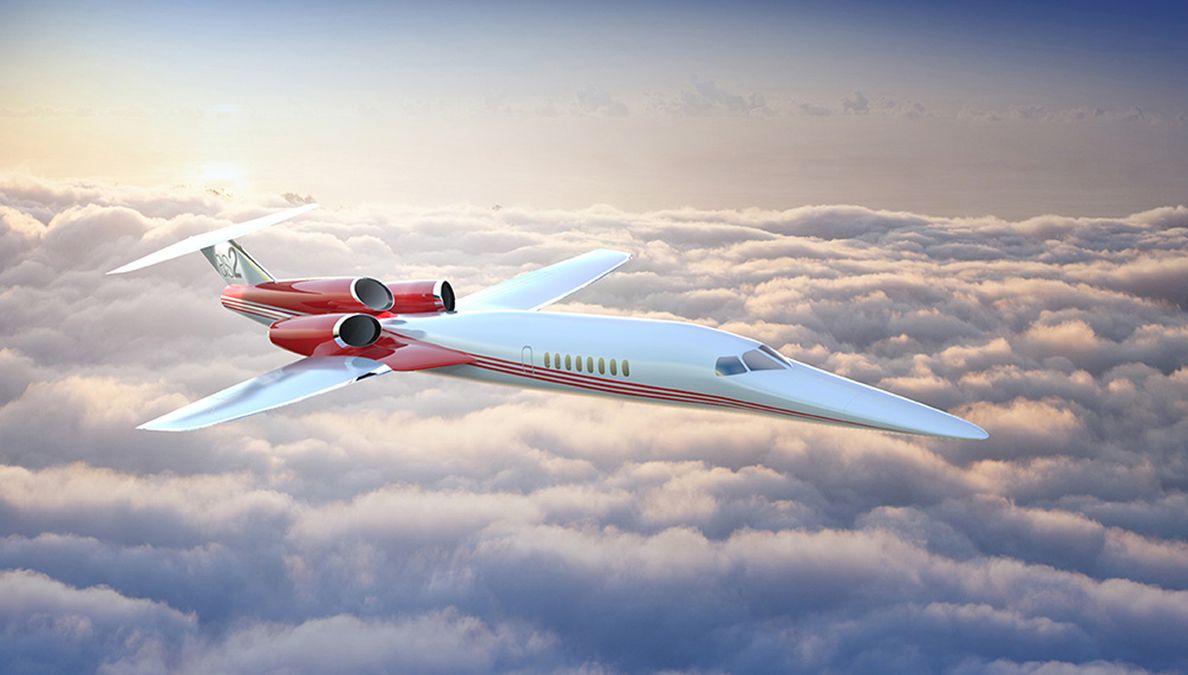
Once the realm of ultra-luxe commercial flying, supersonic travel could soon become a staple of the private jet market, predicts Emirates President Sir Tim Clark – but he holds reservations over the renaissance of commercial faster-than-sound jets.
The timelines of the Concorde and Emirates share two telling junctions. The first is 1985: Concorde was close to its zenith as a superstar of air travel, and Clark was one of the executives behind a brand new airline named Emirates, with its launch fleet consisting of two aircraft leased from Pakistan International Airlines.
The second is 2003, when the Concorde was retired and Clark ascended to President of Emirates, by then a powerhouse airline with a global network which Clark himself shaped.
Now Clark is looking ahead to his own retirement – after more than three decades at one of the world's largest international airlines, he'll step down from the top job in June 2020. Yet, the 70-year old veteran of aviation is eager to see the 'supersonic 2.0' era take shape.
“I'm really, really interested to see how this all stacks up,” Clark enthuses.
The windows of his office on the top floor of the Emirates Group headquarters – a sweeping yet low-slung 11-storey building – make for a commanding panorama over Dubai International Airport and Emirates' globe-spanning fleet, but when speaking with Executive Traveller, his gaze pierces into the future with a mixture of curiosity and measure.
"I could see supersonic in the corporate jet world, if there were people ready to pay what the cost of the aeroplane would be … but I think that's all it would work for."
Supersonic presents a challenge to both manufacturers and airlines
Clark turbocharged Emirates' growth by capitalising on Dubai's unique position on the globe: two thirds of the world’s population lives within eight hours of the city. But connecting the world, strategically linking east and west through a mega-hub in the middle of the desert, is a game won by numbers – very, very large numbers. Boeing 777 and Airbus A380-sized numbers.
"I hate being a naysayer," he prefaces – he was, he freely and happily admits, mistaken about passenger demand for an inflight bar on the upper deck of the Airbus A380 – but he says it's unlikely there'd "ever be a situation where you've got a 400-seater plane at supersonic speeds."
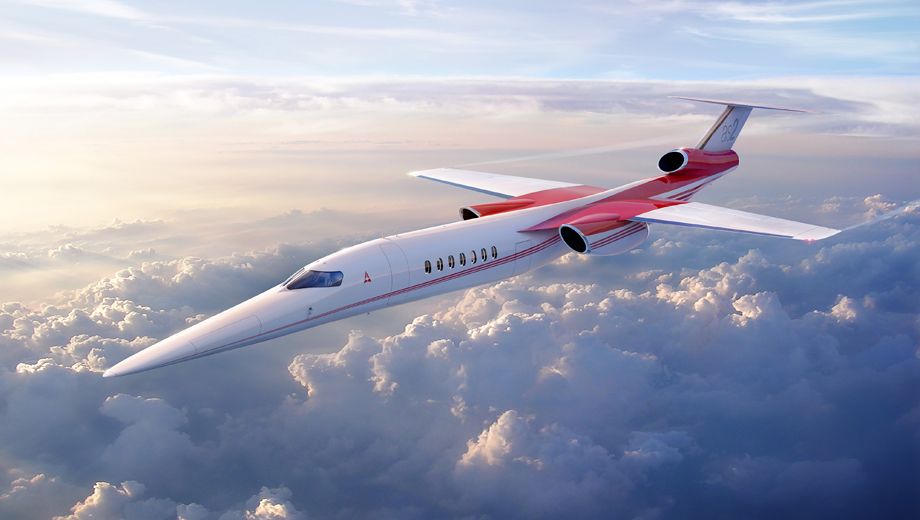
“If anybody's going to produce a commercial airliner which is supersonic, it's going to have to be pretty small to be able to cope with the (physical) demand on that type of unit inflight, and it also has the difficulties of the cost of fuel, et cetera," Clark highlights.
“If they’ve cracked the fundamental aerodynamic lift/drag propulsion issues with supersonic travel, and airlines can (profitably) sell tickets at business class prices, then let's see it ... but I've yet to see how this is going to work."
'Supersonic flights at a business class price' is of course the mantra of startup Boom and its Overture jet, designed to carry just 55 passengers in an all-business-class cabin.
"I was trying to see the Boom people at Dubai Air Show, but they weren't present," Clark reveals. "I would have been quite interested to see it."
Boom's Overture jet aims to reach speeds of up to Mach 2.2, or 2,715km/h – more than twice the speed of sound, and nearly three times that of a cruising Airbus A380 – making flights like London-New York possible in under four hours.
But as Clark sees it, the absolute starting point for a modern supersonic aircraft is to be better than Concorde ever was.
“When you're getting an aircraft up to Mach 2, the propulsion that needs to get it there; the fuel that needs to support the propulsion; the aerodynamics; the design of the aircraft; have all got to be (better than) the Concorde.”
“And yet the Concorde remains one of the most futuristic, aerodynamically unbelievable aircraft ever flying in the commercial world, and it didn't work for them,” Clark observes.
“Now, if you took the Concorde's shape and aerodynamics, you applied new propulsion ... and you lightened up the aircraft, you've then got all sorts of issues with regard to the heat caused by friction as you're flying at those kind of speeds. The ability of the aircraft to deal with the pressure build-up to go through the sound barrier … I've yet to see that,” Clark adds.
With airlines and travellers around the globe also becoming more mindful of their environmental impact, fuel consumption remains a key issue with the success, and acceptance, of supersonic in the 2020s.
It goes without saying that the more fuel an airline burns, the higher the cost of operating each flight – but this also has an impact on carbon emissions, if supersonic aircraft will burn more fuel per passenger versus today's fuel-efficient planes.
“There is no point in launching a new aeroplane which has a disproportionate emissions footprint to what we are doing today, and need to improve upon,” Clark insists. If Boom’s new supersonic aircraft even “had the same footprint (as today), well, I’d think it’s a miracle,” he adds.
Also read: A supersonic blast from the past: revisiting the Concorde
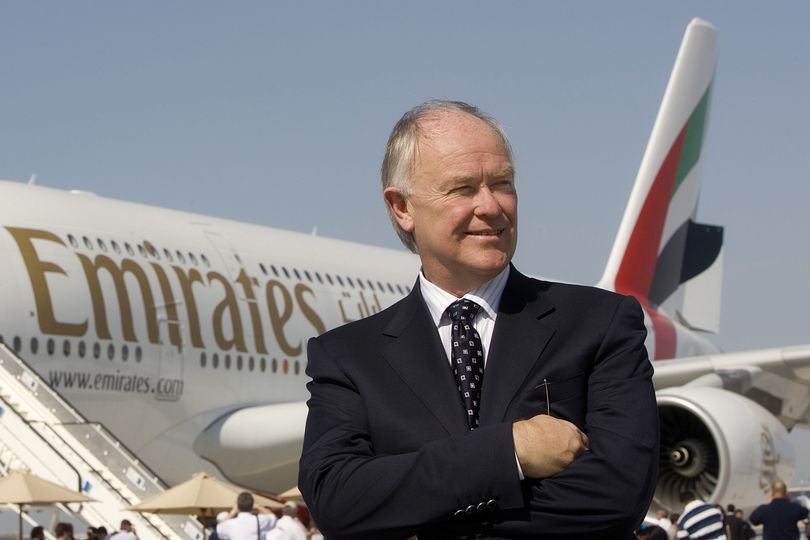
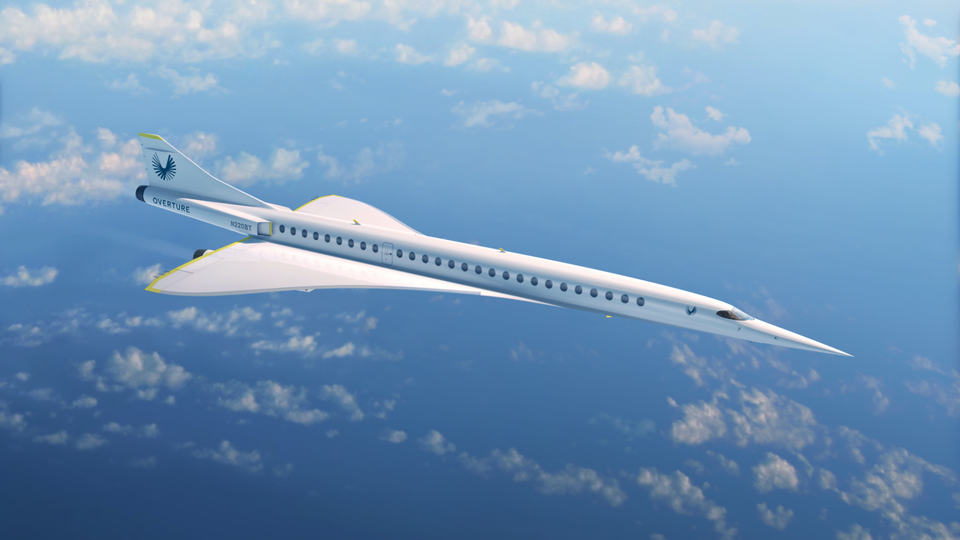
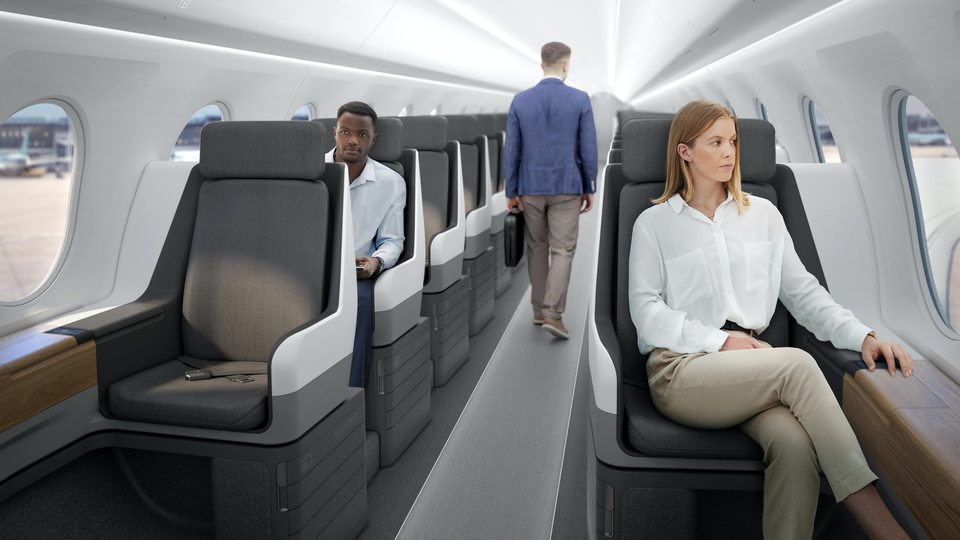

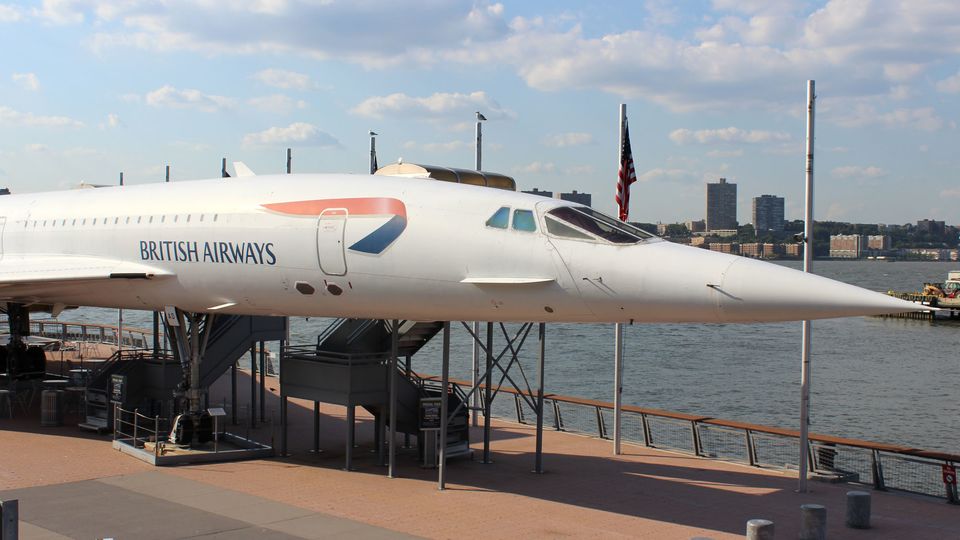
20 Nov 2015
Total posts 436
Airlines would be wise to listen to Sir Tim, Boom has set the bar high with its promises for Overture and if those plans come to fruition plenty of people will be booking seats. But I agree that supersonic business jets could really have the edge, a conventional business jet already makes a lot of sense for group travel, supersonic would have its own customer base who really value their time.
Air New Zealand - Airpoints
12 Feb 2016
Total posts 22
Hi Guest, join in the discussion on Corporate jets the key to supersonic flying: Sir Tim Clark